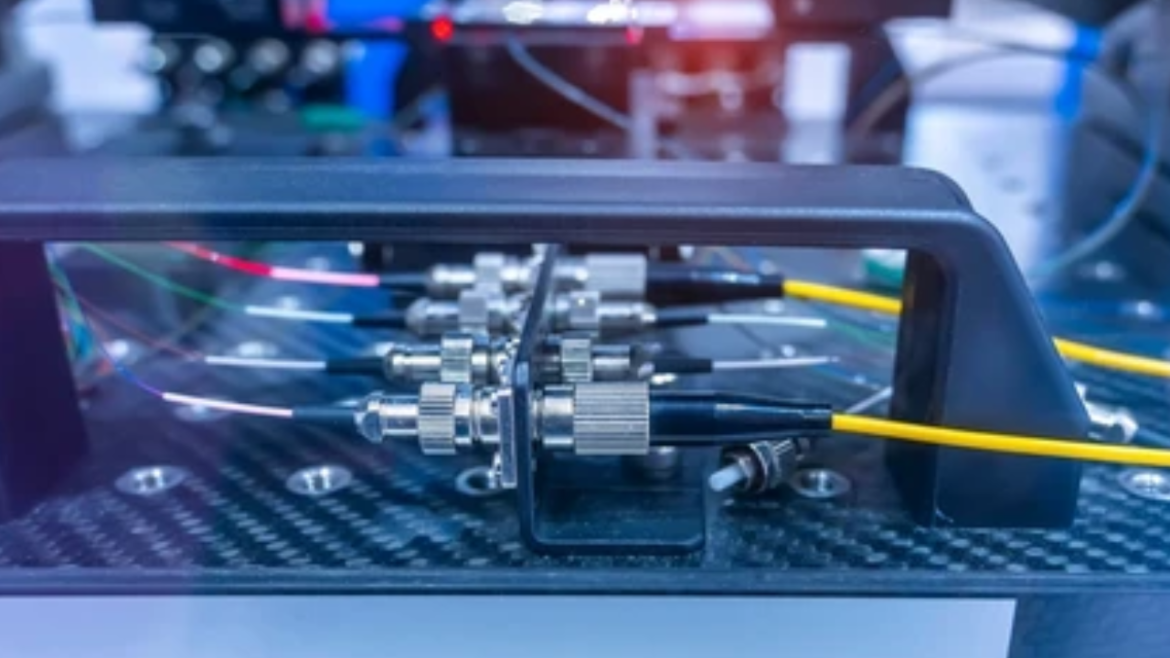Products for fiber optic networking have completely changed how we send and receive data, ushering in a time of quick, dependable, and secure communications. Fiber-optic technology uses microscopic strands of glass or plastic to transmit light, in contrast to conventional copper-based alternatives, which have speed and range restrictions. With this technique, data can be transmitted at astronomically high speeds, over great distances, and with no signal degradation.
The high bandwidth capabilities of fiber optic networking products, which allow for the seamless movement of enormous volumes of data in real time are one of their main advantages. Supporting bandwidth-intensive applications like high-definition video streaming, internet gaming, cloud computing, and virtual reality experiences requires this.
Pros and Cons Optical Fiber Networks
Pros of Fiber Optic Network
Connection Quality
Fiber optics have a low bit error rate. And are immune to There is electromagnetic interference. Electromagnetic interference EMI is a disturbance generated by external electromagnetic radiation. This commotion can degrade the performance of a typical connection via metallic cable. Even power cables or the sun are examples of objects that can interfere with electrical signals. Additionally, fiber optics are corrosion-resistant.
Scalability
Fiber optics are more scalable because more equipment may be added and easily be put over existing fiber. Wavelengths can be activated. Or off as needed, making it possible for expanding businesses to scale quickly and easily. In comparison to copper cables, optical fibers are considerably thinner and lighter. Typically, these fibers can be planted in anticipation of growth requirements up to 15 to 20 years in the future.
Security
For today’s businesses, security is a top priority. There is no way to listen in on transmissions moving through fiber optics because they don’t emanate signals. The breach is very easy to detect as soon as it occurs because any physical damage to the system would result in a complete failure of the system. Networks based on fiber optics let you maintain hardware in a single area as opposed to having it spread out over numerous locations.
Long-Term Effectiveness
Long-term maintenance costs for fiber optic networks are lower than for copper networks. A fiber optic network costs more upfront. Long-term scalability, however, exceeds the initial investment Fiber optics will probably become less expensive over time as their use becomes more widespread.
Cons of Optic Fiber Network
There are some drawbacks to be aware of, despite the fact that fiber optic networks have many benefits. These include potential “fiber fuse” issues, structural issues, financial issues, and physical harm.
Physical Damage
Fiber makes for a more delicate system because it is lighter and thinner than metallic wiring. Since fiber optic wires are so thin, they are readily cut while a structure is being renovated or rewired. Fewer cables can serve a larger population since fiber optic networks can transfer far more data than metallic networks.
This implies that disconnecting just one cable could result in service interruptions for numerous organizations and individuals. Because fibers are delicate and prone to bending, it might be difficult to place them around corners. Additionally vulnerable to radiation damage or chemical contamination are fiber optic networks.
Fiber Fuse
The “fiber fuse” phenomenon, which can occur in high-power fiber optic networks, is also a concern. Overexposure to light that strikes a flaw in the fiber causes this to happen. This incident has the potential to quickly destroy long stretches of cable.
Unidirectional Light Propagation
Another drawback of fiber cables is that light can only travel in one direction. Two contemporaneous cables must be established in order to achieve bidirectional information propagation if bidirectional communication is required for data transmission within a network.
Conclusion
Compared to conventional copper cables, fiber optic cables offer quicker internet and network connectivity because they can carry data at extraordinarily high speeds. Despite these drawbacks, fiber optic networks are gaining popularity because of their outstanding benefits, particularly as the need for faster data speeds and more dependable connections grows.
